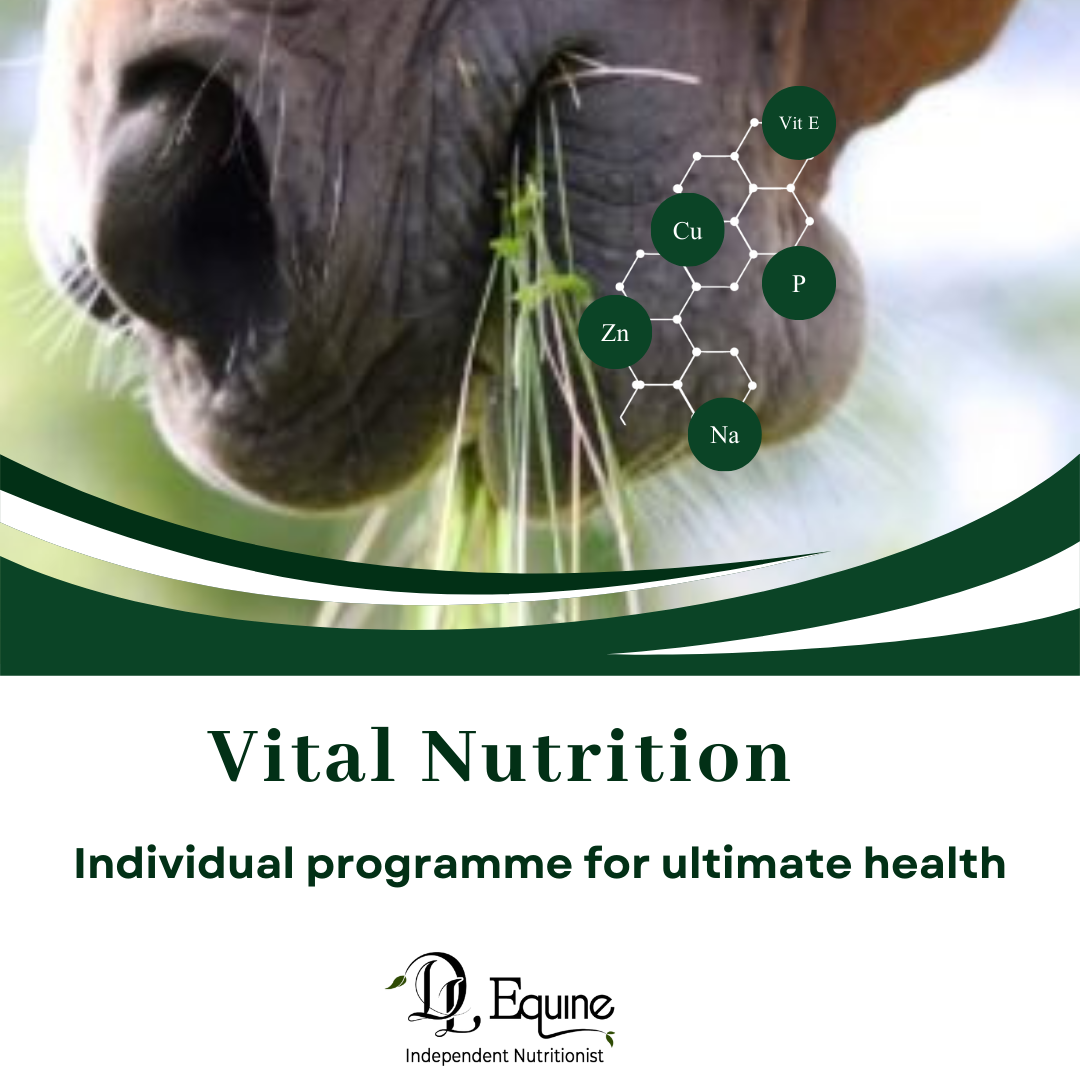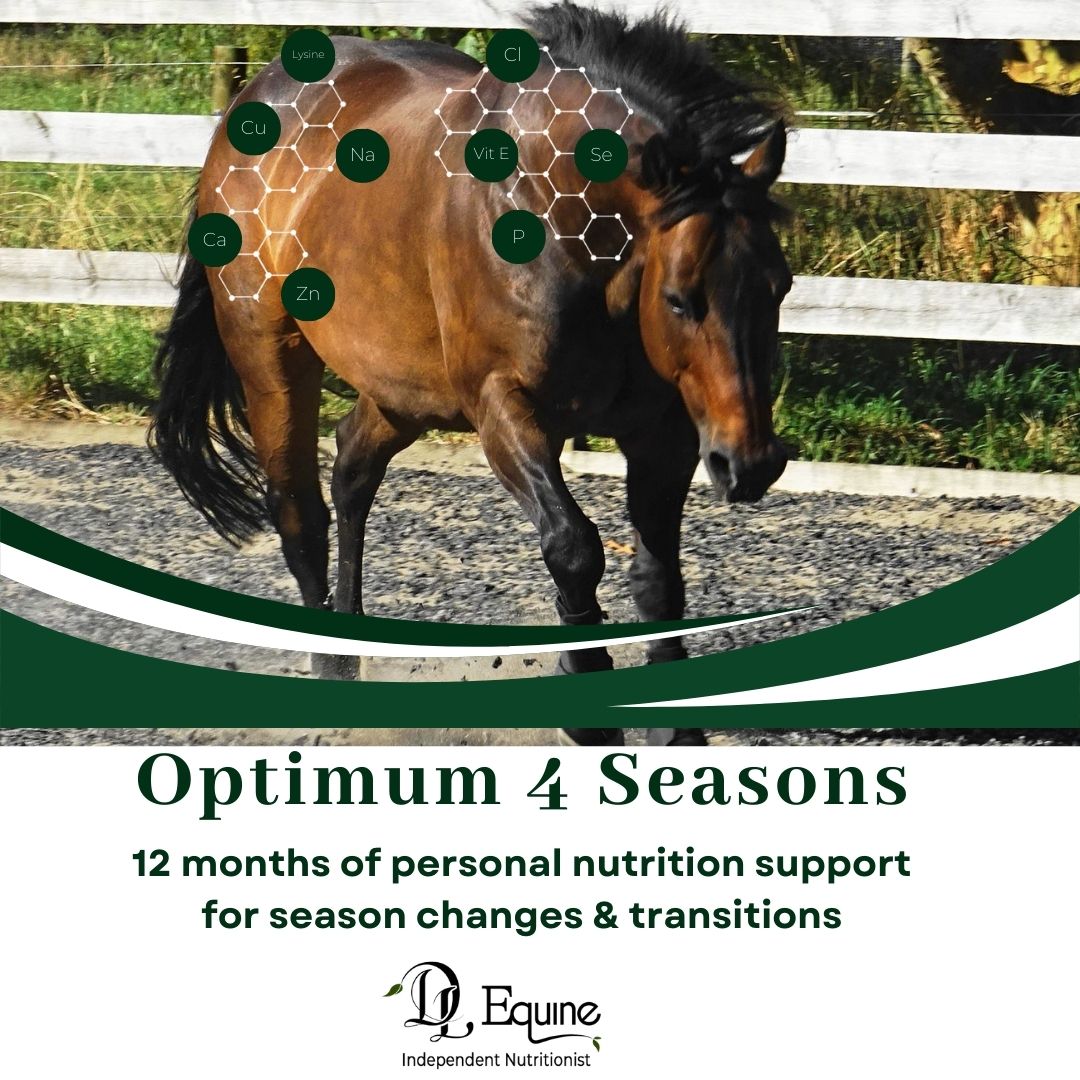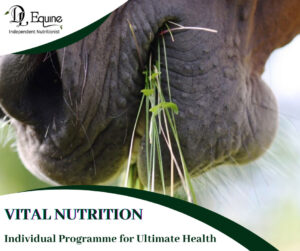What are the issues?
PPID = pituitary pars intermedia dysfunction (PPID), also known as Cushing’s disease
IR = Insulin Resistance (also known as Equine Metabolic Syndrome)
EMS = Equine Metabolic Syndrome (also known as Insulin Resistance)
Laminitis = weakened sensitive layers of tissue (laminae) inside the hoof in horses
Note – PPID and EMS have Hyperinsulinemia = Insulin Resistance
All of these conditions can get laminitis.
Therefore, it becomes extremely important to understand both how to control insulin levels and exactly how insulin causes damage to the laminae if we are going to effectively prevent and treat this type of laminitis.
PPID
pituitary pars intermedia dysfunction also known as Cushing’s disease.
What causes PPID?
Horses get PPID because of oxidative damage to nerves in the hypothalamus of the brain. These nerves normally produce dopamine which controls the output of some hormones, (like ACTH, from the intermediate lobe of the pituitary). A simple blood test done by your vet can diagnose PPID.
What happens when a horse has PPID?
These hormones can be responsible for causing or worsening the insulin resistance that can eventually can result in laminitis. Note that Laminitis is often the worst consequence we see of the PPID condition in a horse. Also, a horse can be overweight or underweight with PPID and you need to feed accordingly.
The classical signs of Cushing’s Disease in horses (pituitary pars intermedia dysfunction/PPID) –
- Poor topline,
- Muscle wasting
- Abnormal fat deposits
- Sagging belly
- Long curly coat that fails to shed are only evident fairly late in the condition are typically seen in the teenage horse.
- Increased appetite
- Excessive thirst and urination
- Excessive sweating
- Decreased immune function
- Laminitis
- A sharp increase (doubling is common) in water consumption and urine production late summer and early autumn is a common sign. This correlates with the normal seasonal increase in ACTH hormone which is exaggerated in early PPID horses.
- The development of regional fat accumulation in the hollows above the eyes, along the crest, withers, rump, tail base or chest wall is a marker of insulin resistance rather than PPID but if this appears for the first time when the horse is in his/her teens early PPID should be suspected as a cause.
- A severe marker of PPID can be Autumn laminitis. It is caused by the sudden and dramatic rise in ACTH which occurs seasonally and the IR it causes.
What can you feed a horse with PPID?
Keeping the hormone ACTH in normal range with treatment given in the form of a drug Pergolide mesylate. (which usually is possible with adequate dosing in the vast majority of cases).
A low sugar and starch, mineral balanced diet to further support control of insulin resistance.
Specific herbal prescription from a qualified herbal practitioner
Hoof care is critical to rehabing the laminitis horse.
Once stable, regular exercise is encouraged.
A diet where everything the horse eats has less than 10% simple carbohydrates – sugar (ESC) and starch. (Fructan is not a sugar and does not enter that 10% total.)
Examples of these feed stuffs in NZ and Australia would be:
- Meadow hay made of low sugar horse friendly grass species (see previous posts).
- Meadow chaff,
- Sugar beet pulp,
- Flax seed oil,
- Flaxseed meal,
- If the horse is thin then extra feeds such as lupins and soybean will help condition.
PPID in a nutshell
- Abnormal pituitary gland function in brain and hormone ACTH levels
- Also called ‘Cushings’
- Usually found in older horses
- May also have insulin resistance but not always
- Can be more susceptable to Laminitis
- Can treat with herbs
- Can treat with drug pergolide
- Feed low sugar and starch feedstuffs






